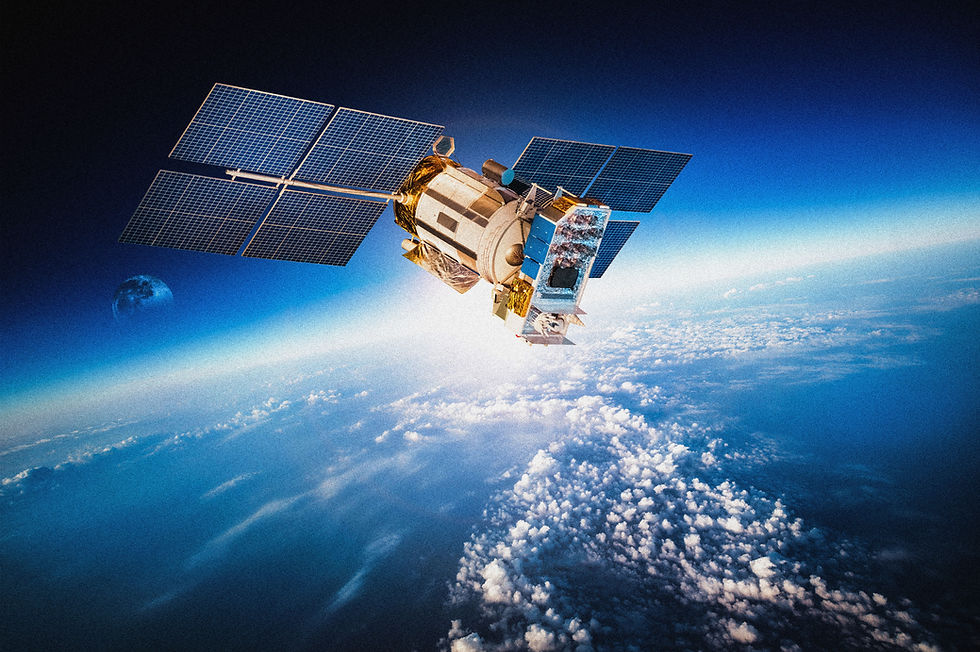why is space aging? and what can we learn from this?
- SMARTPHYSIO
- Mar 19
- 2 min read
I've just seen the images of the 'stranded' astronauts who have come back to earth and was quite surprised to see how they have aged.
Space accelerates aging primarily due to cosmic radiation and microgravity. In space, astronauts are exposed to high-energy cosmic rays and solar radiation that can damage DNA and cells at the molecular level, leading to accelerated aging processes.
Microgravity also plays a significant role. Without Earth's gravity:
Muscles atrophy rapidly without constant resistance
Bone density decreases at about 1-2% per month
Fluid shifts occur in the body, affecting cardiovascular health
The immune system becomes compromised
Studies of astronauts, particularly Scott Kelly's year-long mission compared to his identical twin on Earth, showed increased DNA damage, changes in telomere length (markers of cellular aging), and epigenetic changes.
These effects are why space agencies are deeply researching countermeasures like exercise regimens, radiation shielding, and pharmaceutical interventions to protect astronauts, especially for longer missions like potential Mars journeys

Understanding space-related aging has significant benefits for life on Earth including:
Medical advances: Research on preventing bone loss and muscle atrophy in space has led to better treatments for osteoporosis and muscular dystrophy on Earth. Technologies developed to monitor astronauts' health are being adapted for telemedicine and remote patient monitoring.
Aging research: Space provides a unique laboratory for studying accelerated aging processes. The changes seen in astronauts help researchers identify key biomarkers and mechanisms of aging, potentially leading to interventions that could slow aging-related diseases on Earth.
Cancer treatments: Research on radiation damage in space is improving our understanding of DNA repair mechanisms, which has applications for cancer treatment and prevention.
Drug development: The unique microgravity environment allows for different crystal growth patterns, helping pharmaceutical companies develop more effective medications.
Environmental protection: Technologies designed to shield astronauts from radiation can improve protection for people exposed to radiation on Earth, such as cancer patients undergoing radiotherapy.
By studying how the human body responds to extreme conditions in space, we gain insights that can help us address similar challenges on Earth, potentially extending healthy lifespans and improving quality of life as we age.
#physio #aging#lifespan #space #smartphysio



Comentarios